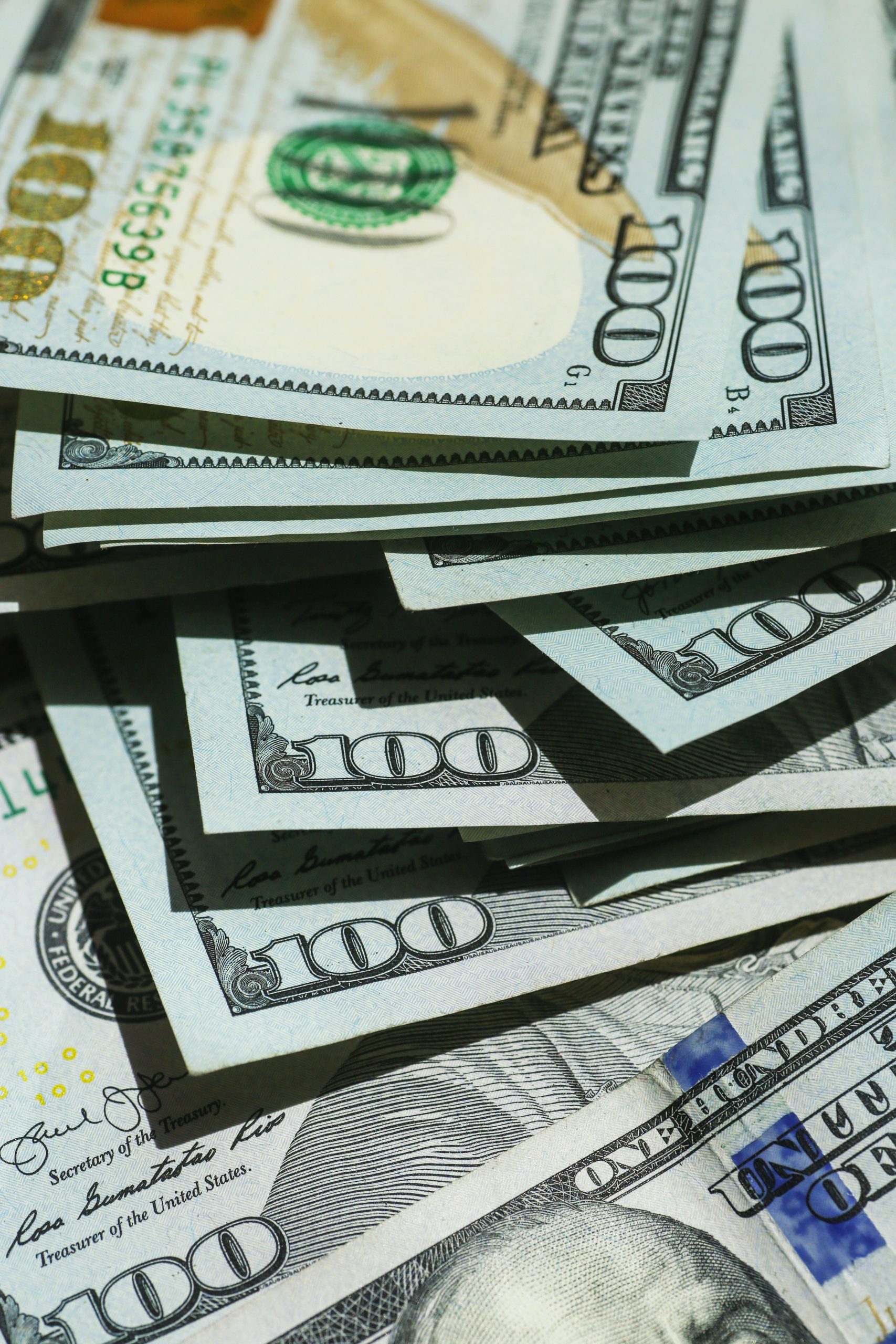When we hear the phrase “financial freedom,” most of us picture someone earning six figures, investing heavily, and vacationing on a private island. It doesn’t sound like something achievable on a $50,000 annual salary—especially not in 2025 when inflation is still stubborn, and rent continues to skyrocket.
But here’s the thing: financial freedom isn’t always about luxury. For some, it means being debt-free. For others, it’s not living paycheck to paycheck. And more people earning around $50K a year are learning how to define and reach that freedom on their own terms, without windfalls, trust funds, or unrealistic side hustles.
So, is financial freedom really possible on a $50K salary? Surprisingly, yes. But it looks a lot different than what we’ve been taught to expect.
Rethinking What Financial Freedom Actually Means
Before we dive into the “how,” we need to redefine the “what.” Financial freedom isn’t a one-size-fits-all destination. It’s not necessarily about quitting your job at 35 or buying a second home. For many people on modest incomes, it’s about stability, choice, and peace of mind.
Here’s what financial freedom might look like when you make $50K a year:
-
No consumer debt
-
A comfortable emergency fund
-
Spending in alignment with your values
-
The ability to say yes or no without financial panic
-
Small luxuries that don’t cause big stress
That doesn’t mean it’s easy. But it does mean it’s possible. And for those willing to approach money differently, it’s already happening.
Living Below Your Means. Not Depriving Yourself
One of the most powerful tools in personal finance is simple: spend less than you earn. On a $50K salary, that means setting lifestyle boundaries that leave breathing room.
That could look like living with roommates longer than you’d planned, choosing a smaller apartment in a less trendy neighborhood, or resisting the pressure to upgrade your car just because your coworkers did.
But this isn’t about deprivation. It’s about trade-offs that feel worth it. The people doing this well are the ones who ask: “What do I want my money to do for me?” Then, they build their spending around those answers.
Some skip daily takeout but budget for monthly road trips. Others use libraries instead of buying books, then splurge on experiences with friends. The key is intentionality, not austerity.
Side Hustles Help, But Only When They’re Sustainable
Yes, some people who reach financial freedom on modest incomes have side hustles, but not all of them. And those who do are doing it with strategy, not burnout.
The goal isn’t to work 90 hours a week. It’s to supplement income in ways that feel manageable. Maybe that’s freelance design on weekends. Maybe it’s driving rideshare for a few hours a week to pay off a credit card. The focus isn’t more hustle. It’s a targeted, purposeful effort that directly supports a financial goal.
Some people skip side gigs altogether and focus instead on optimizing what they already have: negotiating bills, cutting recurring expenses, automating savings, and getting creative with DIY solutions.

Saving Automatically and Starting Small
It’s easy to believe that you need to be saving hundreds a month to make a difference. But many of the people who are reaching financial freedom on a $50K salary start small, like $10 a week. The secret is automation.
By setting up automatic transfers into savings and retirement accounts, they remove the daily decision-making (and temptation). That consistency adds up over time, especially when combined with budgeting tools like the 50/30/20 rule or zero-based budgeting.
And let’s not forget compound interest: someone who starts investing $100 a month at 30 will likely end up with more at retirement than someone who starts at 40 and puts in twice as much. Small but steady often wins the race.
Getting Clear on Debt and Tackling It Relentlessly
Debt is one of the biggest roadblocks to financial freedom on a $50K salary. But it’s not insurmountable. The key is strategy.
The most successful people use one of two common methods:
Either way, they often throw windfalls (tax returns, bonuses, gift money) directly at debt. They negotiate interest rates when possible, consolidate wisely, and avoid taking on new debt unless it’s strategic.
Getting out of debt on a $50K salary takes time and effort, but it’s one of the biggest steps toward lasting freedom.
Embracing a Value-Based Money Mindset
More than anything, the people building financial freedom on a middle-class income are those who’ve shifted their mindset. They don’t chase what everyone else is buying. They focus on values.
That could mean choosing experiences over things, prioritizing mental health over status symbols, or simply finding joy in frugality. Many reject hustle culture and instead focus on building a life that feels rich in the ways that matter most. It’s not always glamorous. But it’s sustainable. And it keeps them focused on long-term wins rather than short-term dopamine hits.
Financial Freedom Doesn’t Require a High Income. It Requires Clarity
You don’t need to earn $150K a year to feel financially free. But you do need a clear plan, a willingness to make trade-offs, and a mindset that aligns spending with your actual life goals—not society’s expectations.
On a $50K salary, you can absolutely build an emergency fund, pay off debt, save for retirement, and enjoy your life. The path might be slower or look a little different, but it’s no less valid or valuable.
Do you think financial freedom is possible on a $50K salary? What does it look like to you?
Read More:
15 Stocks That Can Still Help You Reach Your Financial Goals This Year
Why Financial Anxiety Is So Common—And How to Finally Feel in Control
Riley is an Arizona native with over nine years of writing experience. From personal finance to travel to digital marketing to pop culture, she’s written about everything under the sun. When she’s not writing, she’s spending her time outside, reading, or cuddling with her two corgis.
Read the full article here














